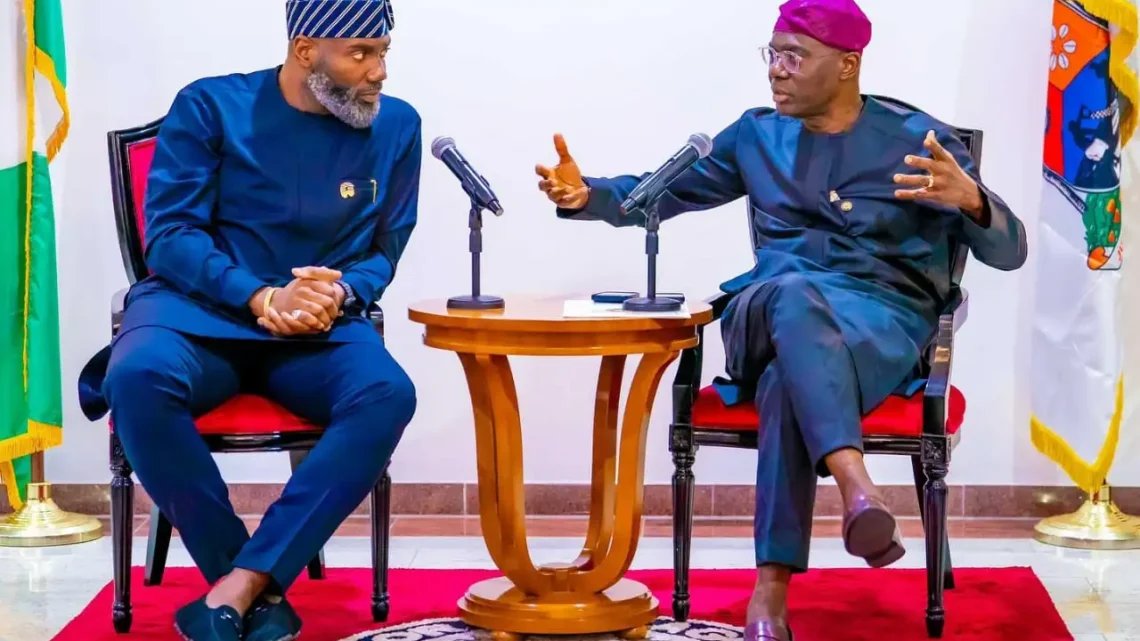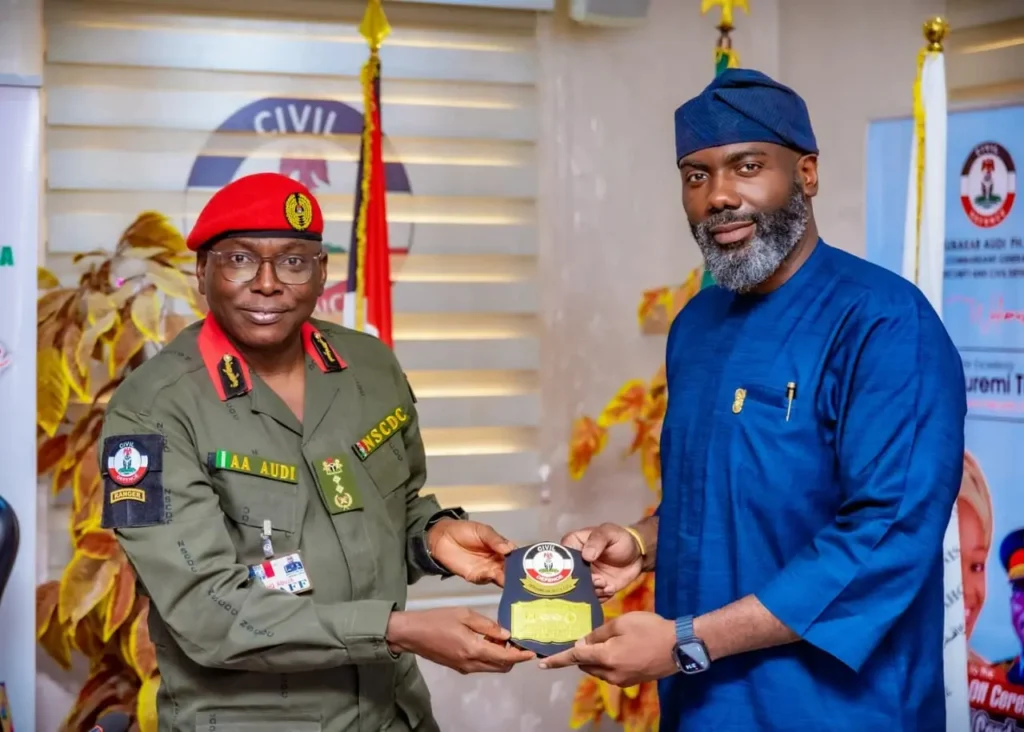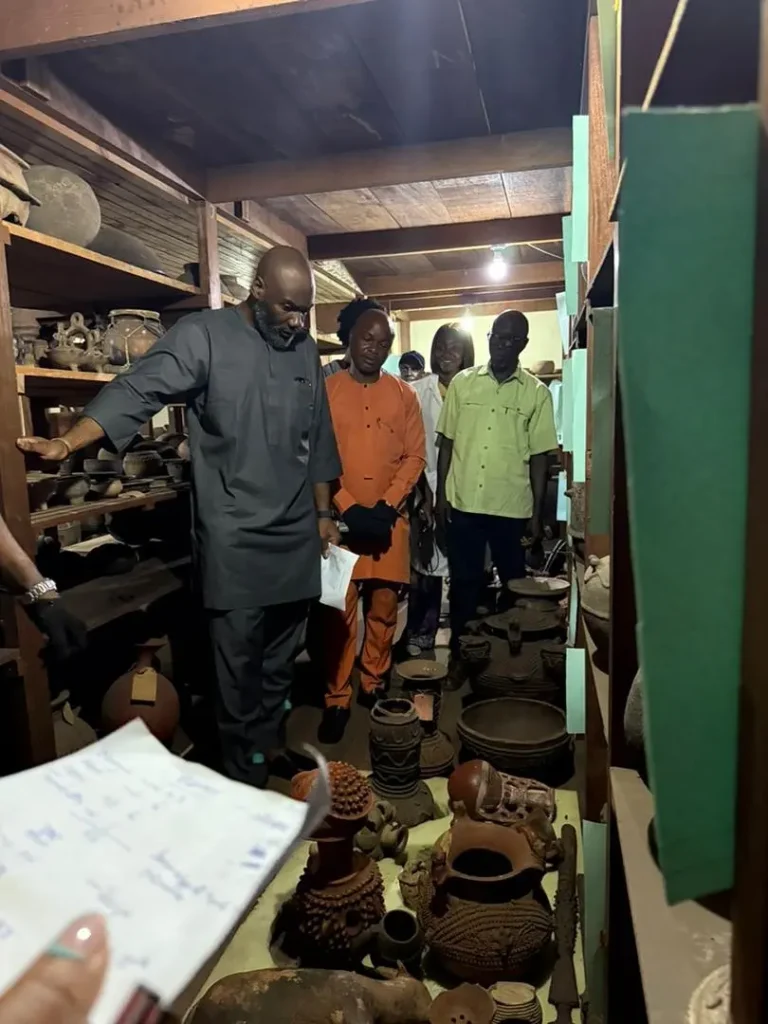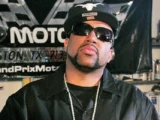
Olugbile Holloway’s First Year at NCMM
Abuja: In the span of months, Olugbile Holloway has transformed the National Commission for Museums and Monuments (NCMM) from a quiet custodian of relics into a vocal force for cultural diplomacy, restoration, and national identity.
Appointed in March 2024, Holloway’s leadership has been marked by a flurry of strategic partnerships, high-profile repatriations, and a renewed urgency to make Nigeria’s heritage institutions matter not just to historians, but to the public.
Trending Now!!:
One of his earliest priorities was the restoration of the National Museum of Lagos. During a personal inspection, Holloway remarked on the power of the museum’s storage rooms, calling them the “most important part of any museum.”

He described the experience of being surrounded by ancient objects as one that “gives more context and meaning to the work we do.” The museum is currently undergoing upgrades, with a permanent exhibition slated for unveiling in December. “Our heritage deserves to finally be projected properly,” he wrote.
In September, NCMM signed a landmark Memorandum of Understanding with Crimson Fusion Curators to document 8,000 years of Nigerian art.
The project, titled A Window into the Soul of a People, will trace creativity from the Dufuna Canoe — the third oldest sea vessel in the world — through Nok terracottas, Ife heads, Benin bronzes, and contemporary masters. Holloway called it “an authoritative archive that strengthens national identity, cultural tourism, and heritage preservation.”
His tenure has also been marked by strategic partnerships. In Lagos, he met Governor Babajide Sanwo-Olu to align NCMM’s goals with the J. Randle Centre for Yoruba Culture and History.
In Abia, he led a delegation to Governor Alex Otti to discuss reviving the National War Museum and Ojukwu’s Bunker in Umuahia. At the National Museum of Lagos, he hosted his Minister Hannatu Musawa and a state delegation to discuss the future of Durbi Takusheyi, a 14th-century burial site with deep Hausa-Islamic connections.
Security has been another focus. In April, NCMM partnered with the Nigerian Security and Civil Defence Corps (NSCDC) to safeguard archaeological sites, museums, and national monuments. “This partnership will ensure that our key cultural assets now have a decent amount of security cover,” Holloway said.
Perhaps the most symbolic achievement of Holloway’s tenure came in June, when NCMM facilitated the return of 119 Benin bronzes from the Kingdom of the Netherlands. The artifacts were handed over in a ceremony attended by representatives of the Benin Royal Court, Lagos White Cap Chiefs, and cultural stakeholders.

“The return of cultural objects to their place of origin is a deep symbolic gesture to restore the pride and dignity of the people,” Holloway said.
He also welcomed U.S. Ambassador Richard M. Mills Jr. to the National Museum Lagos in April, strengthening cultural ties ahead of the reopening of the Michael C. Rockefeller Wing at The Met in New York.
From infrastructure to diplomacy, Holloway has positioned NCMM as a proactive institution. His visit to the Infrastructure Concession Regulatory Commission in May signalled intent to pursue Public-Private Partnerships for museum development.
And in Ibadan, he praised the staff of the National Museum of Unity for their work despite limited resources, promising to act on feedback gathered during a town hall meeting.
As Nigeria’s cultural sector grapples with underfunding and global competition for narrative ownership, Holloway’s approach blends restoration with innovation, diplomacy with documentation.
In his own words: “Our heritage deserves to finally be projected properly.” And under his watch, it just might be.


